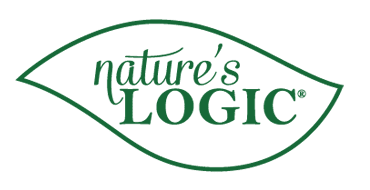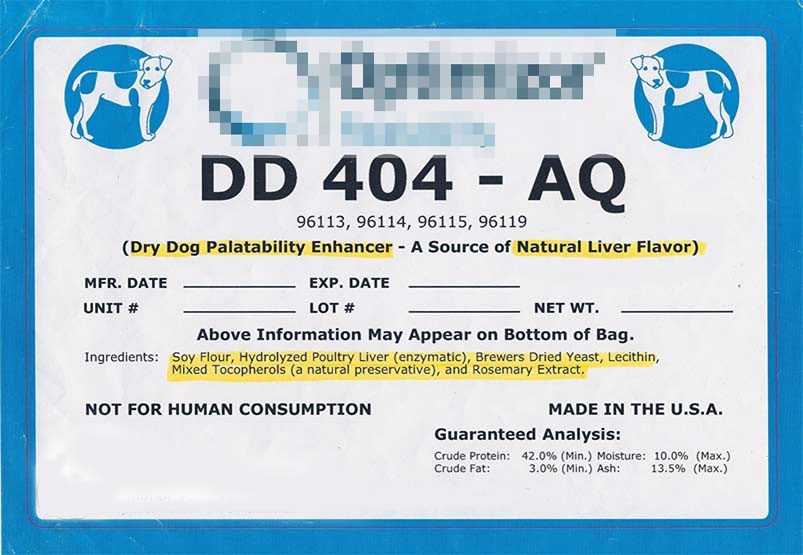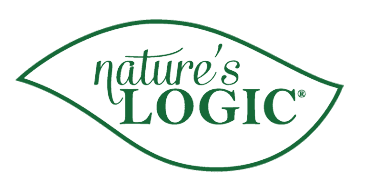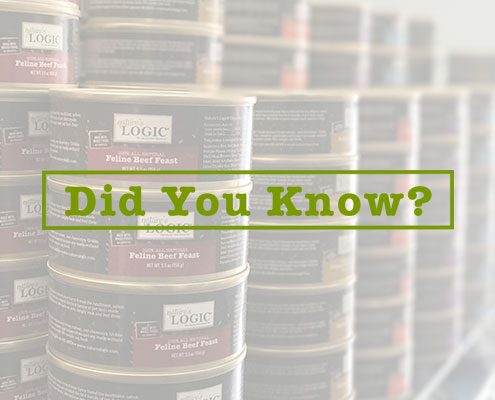How to spot hidden MSG in pet foods
It is common in a number of pet foods, however, it often disguised on the ingredient panel.
A hidden ingredient in many pet foods is monosodium glutamate (MSG).
The reason it is in most pet foods, including premium natural foods, is because the U. S. Food and Drug Administration (FDA) does not require MSG to be disclosed on the label due to the way it is added. MSG shows up in most pet foods through what is called hydrolyzed protein. This ingredient is not listed when it is added as a natural flavoring, because AAFCO allows the ingredient panel to say, “Natural Flavoring”.
Almost all added palatants on pet food labels such as Natural Flavoring or Liver Digest are created by hydrolysis. Hydrolysis is what forms the MSG in the end process.
The following is the definition of Hydrolyzed Proteins from the book The Dictionary of Food Ingredients:
“They are flavor enhancers obtained from vegetable proteins… the proteins are hydrolyzed into the component amino acids after which the reaction mixture is neutralized with sodium carbonate and refined. The refined liquid consists of amino acids, monosodium glutamate, amino acid derivatives, salt, and water… It normally contains 9-12% monosodium glutamate and the remaining fraction consists of solids” (2011).
According to the FDA, “Hydrolyzed protein is used to enhance flavor. The chemical breakdown of proteins may result in the formation of free glutamate that joins with free sodium to form monosodium glutamate (MSG). When added this way, the labels are not required to list MSG as an ingredient.” Click here to see what the USDA has to say about natural flavorings on meat and poultry labels.
Nature’s Logic never uses hydrolyzed proteins. The chicken and pork liver used on and in Nature’s Logic products are 100% spray dried. This is the most natural way to dry thermally sensitive ingredients. Also, it is the best way to prevent the creation of MSG.





